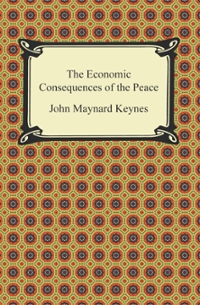Question
The Sydney Transportation Company operates an urban bus system in New South Wales, Australia. Economic analysis performed by the firm indicates that two major factors
The Sydney Transportation Company operates an urban bus system in New South Wales, Australia. Economic analysis performed by the firm indicates that two major factors influence the demand for its services: fare levels and downtown parking rates. Table 1 presents information available from 2005 operations. Forecasts of future fares and hourly parking rates are presented in Table 2.
Table 1
| Average Daily Transit Riders | Average Downtown Round-Trip Fare | Parking Rate |
|---|---|---|
| (2005) | (Dollars) | (Dollars) |
| 5,000 | 1.00 | 1.50 |
Table 2
| Year | Round-Trip Fare | Average Parking Rates |
|---|---|---|
| (Dollars) | (Dollars) | |
| 2006 | 1.00 | 2.50 |
| 2007 | 1.25 | 2.50 |
Sydney's economists supplied the following information so that the firm can estimate ridership. Based on past experience, the coefficient of cross elasticity between bus ridership and downtown parking rates is estimated at 0.2, given a fare of $1.00 per round trip. This is not expected to change for a fare increase to $1.25. The price elasticity of demand is currently estimated at 1.1, given hourly parking rates of $1.50. It is estimated, however, that the price elasticity will change to 1.2 when parking rates increase to $2.50.
Using these data, estimate the average daily ridership for 2006 and 2007.
| Year | Average Daily Transit Riders |
|---|---|
| 2006 | _____ |
| 2007 | _____ |
Step by Step Solution
There are 3 Steps involved in it
Step: 1

Get Instant Access to Expert-Tailored Solutions
See step-by-step solutions with expert insights and AI powered tools for academic success
Step: 2

Step: 3

Ace Your Homework with AI
Get the answers you need in no time with our AI-driven, step-by-step assistance
Get Started


